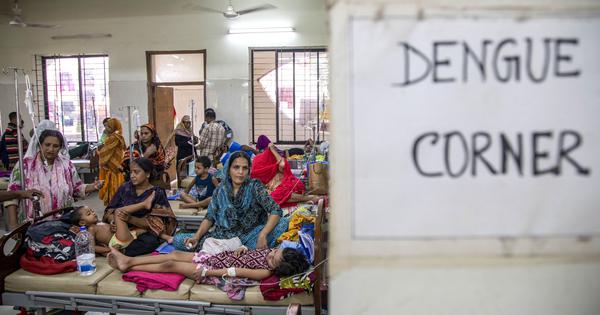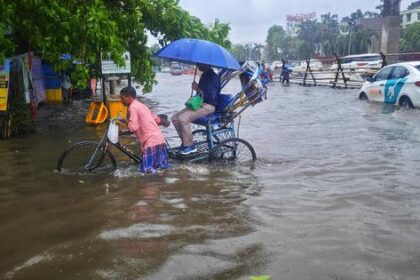Rising temperatures and unpredictable weather patterns are exacerbating dengue outbreaks globally.
Dengue fever, a mosquito-borne viral disease, is exhibiting troubling trends across various regions, including tropical Africa, Asia, and the Americas. While infectious diseases typically experience fluctuations in their prevalence, recent patterns indicate a significant and concerning change in dengue’s behavior. The number of new infections is on the rise globally, and outbreaks are becoming larger and increasingly erratic.
In 2019, the world witnessed the highest recorded number of dengue fever cases, nearly doubling the figures from the previous year. Additionally, July 2023 marked a tragic milestone for Bangladesh, as the country experienced a record number of deaths attributed to the disease. Dengue infections can cause flu-like symptoms that range from mild discomfort to severe illness, including fever, headaches, and joint pain. In severe instances, the virus damages blood vessels, leading to a condition known as dengue haemorrhagic fever. This can result in symptoms such as bruising, bleeding from the nose and gums, and, in critical cases, organ failure and death as the body enters shock.
The primary vectors responsible for transmitting dengue are the Asian Tiger mosquito, Aedes aegypti, and its relative, Aedes albopictus. Aedes aegypti, while primarily a tropical mosquito, has shown remarkable adaptability, expanding its habitat beyond tropical regions into southern Europe and several states in the United States, including Florida, Hawaii, Texas, and Arizona. These mosquitoes breed in various water sources, and their ability to utilize even small containers, such as discarded plastic bottle caps, has facilitated their migration.
Traditionally, the availability of breeding sites has limited the population of mosquitoes and, subsequently, the spread of the dengue virus. However, Bangladesh experienced an early onset of rains in 2023, combined with unusually high temperatures and humidity, leading to a surge in mosquito populations. A significant portion of Bangladesh’s population spends considerable time outdoors, and the design of many homes allows easy access for mosquitoes. Consequently, this environment enabled dengue to rapidly establish itself and escalate.
While the exact factors driving the increase and unpredictability of dengue remain unclear, climate change is likely a contributing factor, as many regions are experiencing warmer and wetter conditions. In higher-income countries, the potential for major outbreaks is diminished, largely because people often remain indoors, minimizing exposure to mosquito bites. Transmission relies on a certain level of biting pressure within a population.
However, a report from the World Health Organization’s chief scientist warns that dengue may establish itself in areas of Europe, the United States, and Africa where it was previously absent. This could lead to scenarios similar to what occurred in Bangladesh, particularly in middle- and low-income countries where interaction between mosquitoes and humans is more frequent. Addressing this public health challenge may require affordable and effective vaccines. The WHO has recently recommended the Qdenga vaccine for children living in regions severely affected by dengue.
Beyond dengue, other mosquito-borne infections, such as chikungunya, yellow fever, and Zika virus, also pose significant risks, collectively resulting in approximately one million deaths annually. As climate change continues to create a warmer, wetter, and less predictable environment, the likelihood of mosquito-related disease outbreaks is expected to rise, disproportionately affecting poorer communities in tropical regions.








